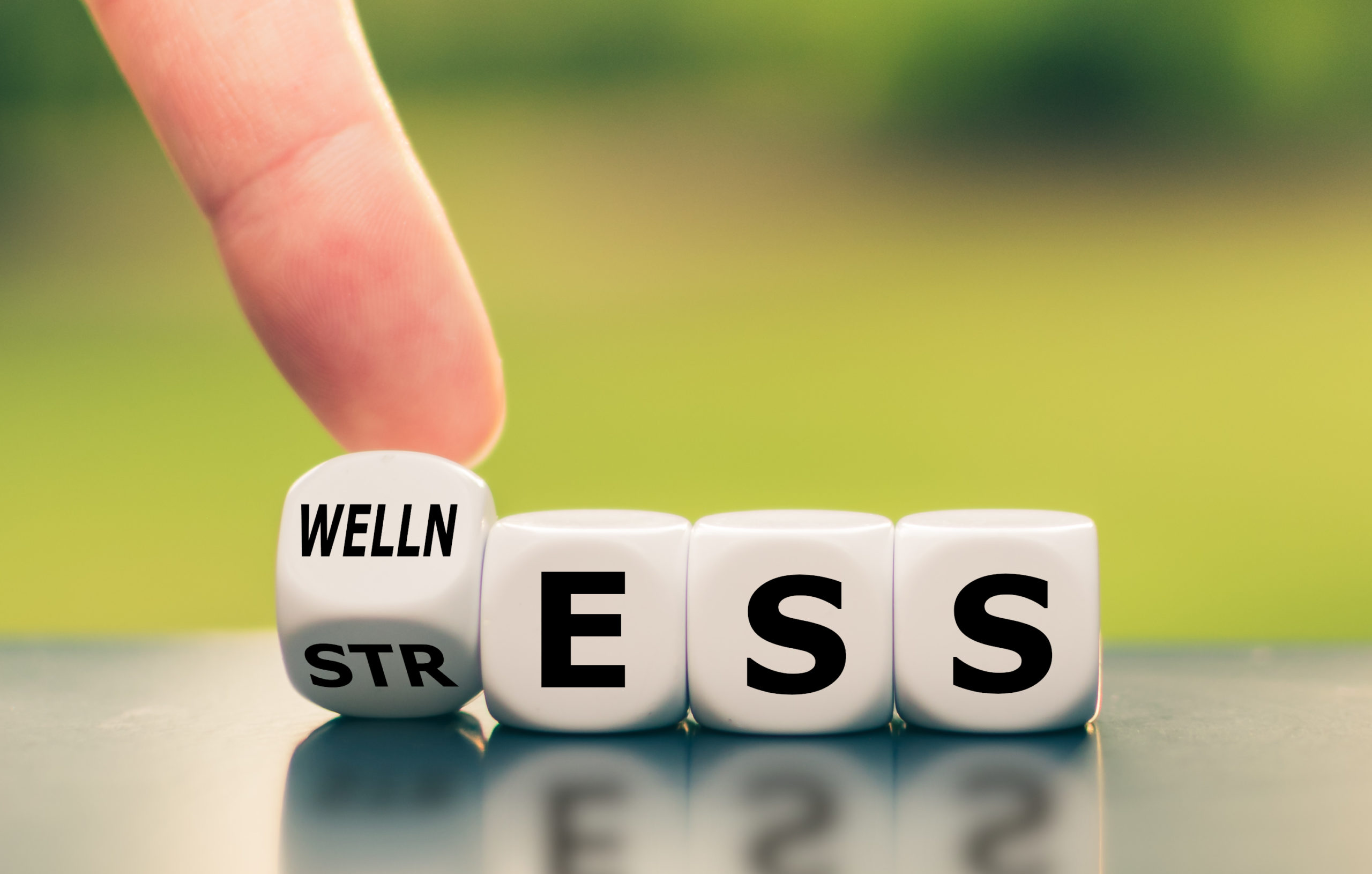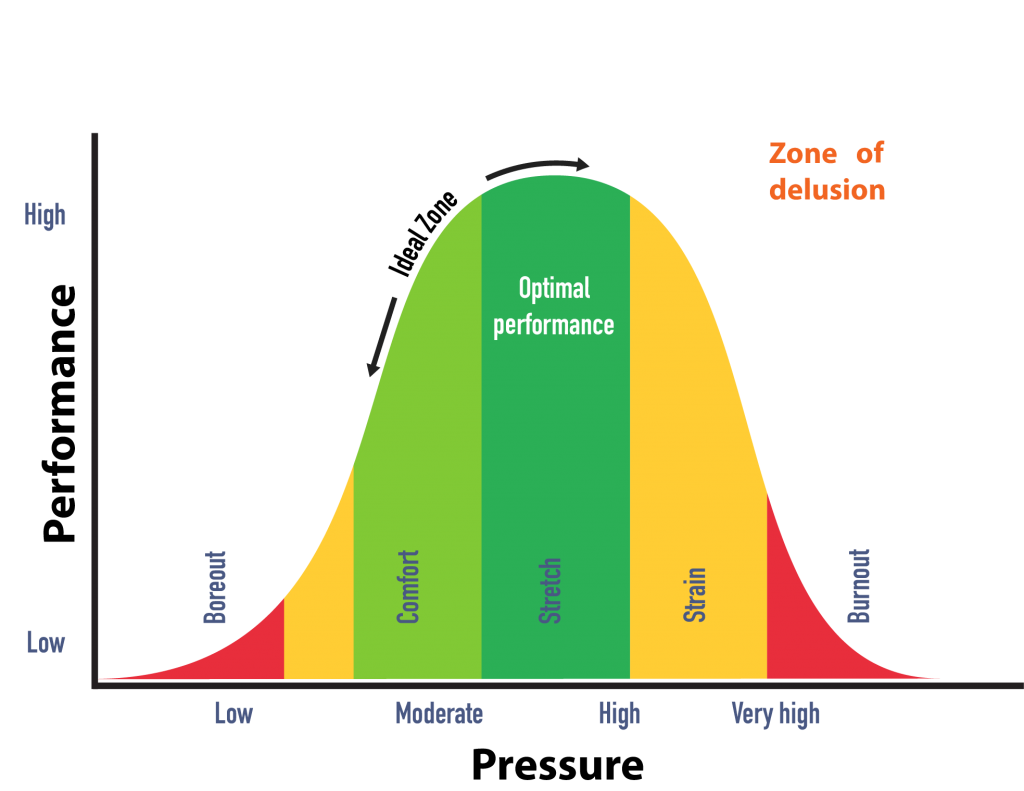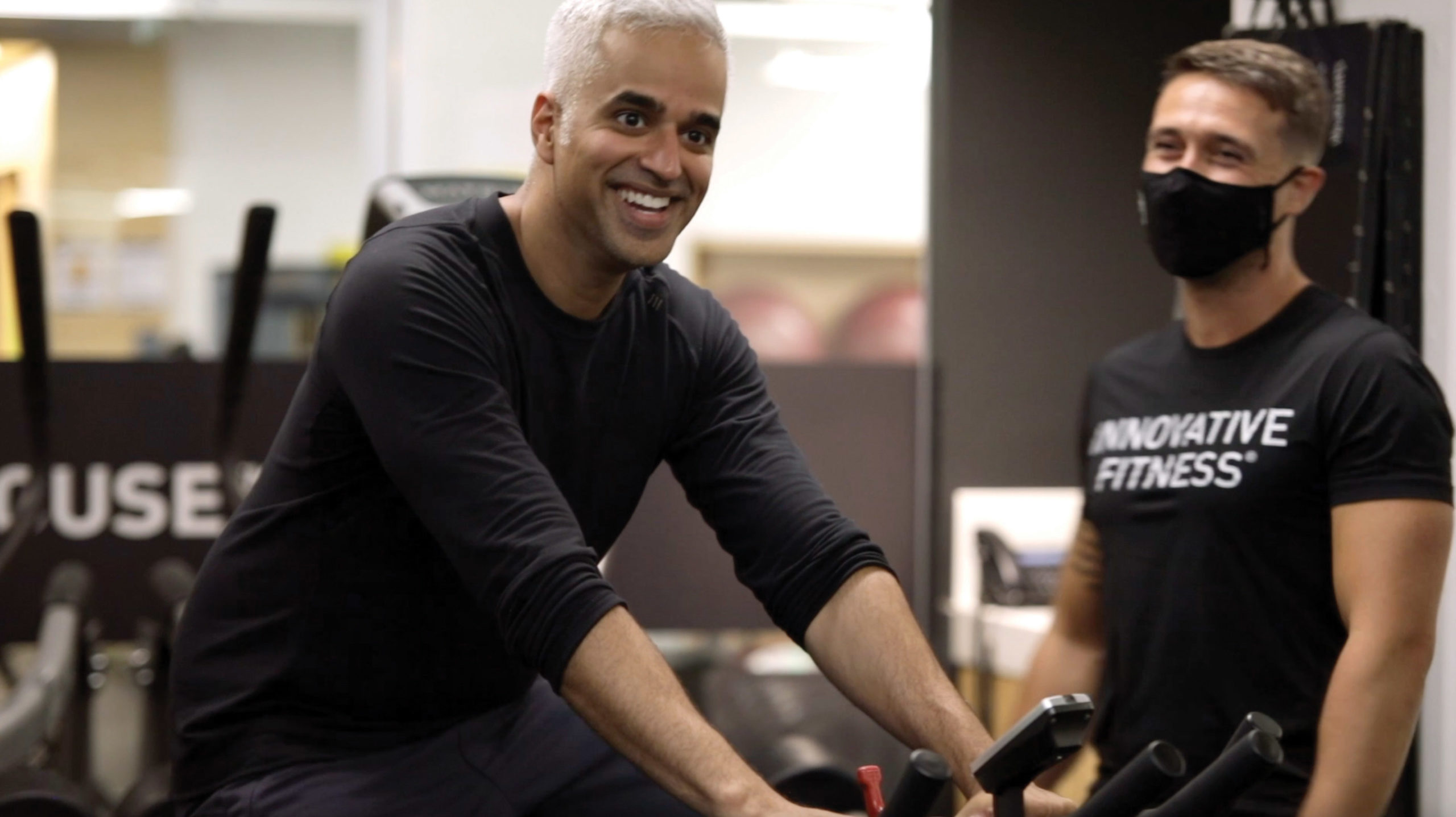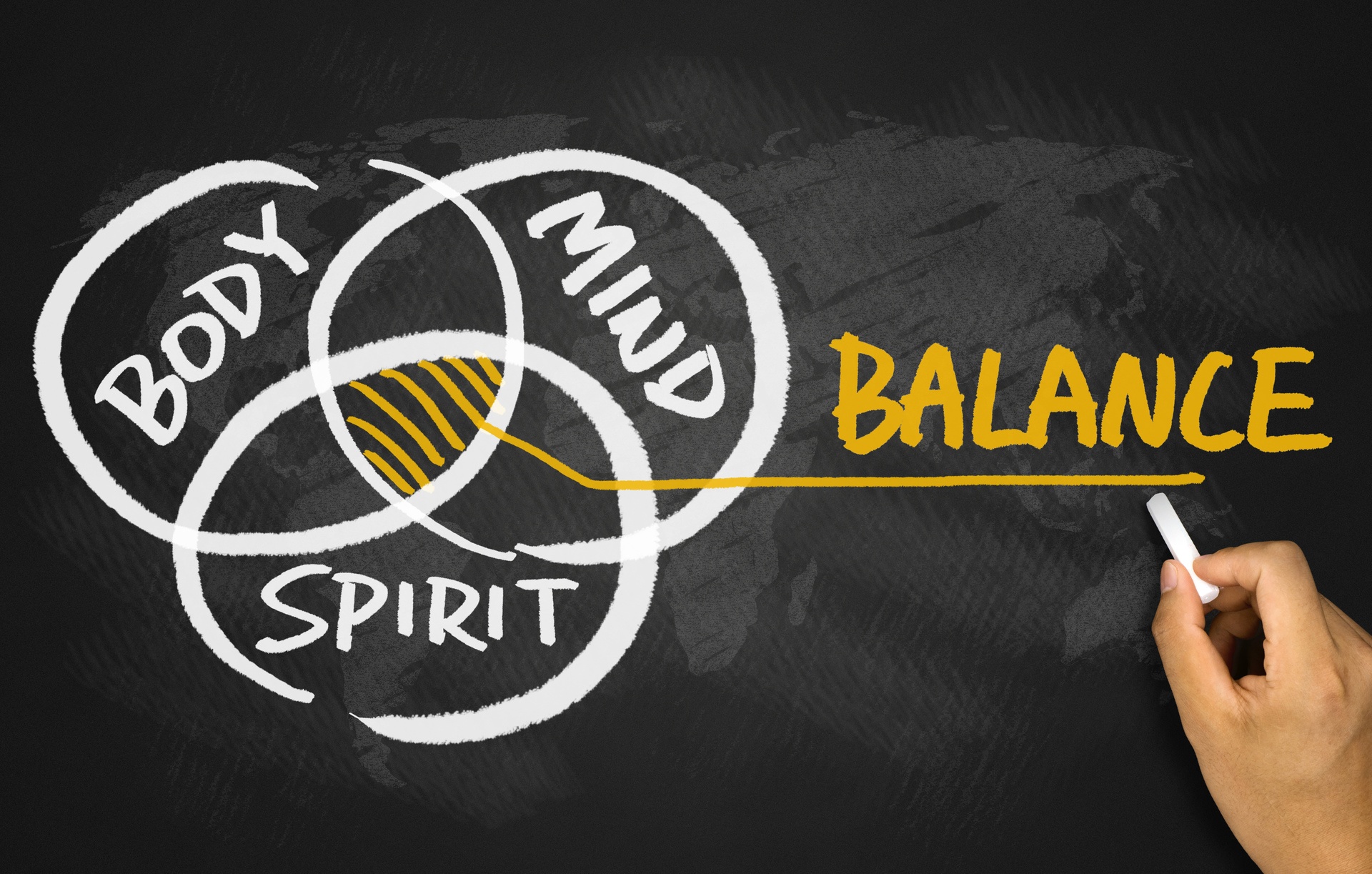Understanding the Importance of Stress Relief and Exercise
Stress is a fickle thing: without any, we’re apathetic, unproductive, and incapable of reaching peak performance. Too much stress, on the other hand, results in anxiety, overwhelm, and—again—the inability to reach peak performance. It can help to visualize stress as a bell curve.
When it comes to stress, there’s a delicate balance. A certain amount can boost performance, but too much can lead to a decline and potential burnout. Unfortunately, many of us struggle to gauge where we stand. We may believe we’re steadily climbing toward peak performance when, in reality, we may already be on the downward slope.
The Zone of Delusion: When Stress Backfires
This phenomenon, coined as “the Zone of Delusion” by Delphis, a not-for-profit organization specializing in workplace mental wellness, describes the tendency to falsely believe that pushing harder will lead to improved performance. However, excessive pressure often results in decreased focus, frantic multitasking, and increased errors, ultimately diminishing work quality.
At the same time I will note here that the deadlines for the delivery of the project are often postponed, and what was needed yesterday “urgently” is no longer needed today, and the already enlarged team, which does not meet current needs, is difficult to reduce – this requires the dismissal of people, which is always painful. Each team has a leader, by will not by will. Leader – from the English word “lead”, “lead” – is a leader, leader, a person buyer seller synchronization capable of leading to the goal. So there are special requirements for the leader of the product development team. The leader is the first to process new ideas, discard unnecessary ones and form a priority order for the implementation of tasks for the entire team. A real leader knows how to foresee: he is able to analyze and predict, is not afraid to take risks and is able to logically defend his point of view. The leader evaluates which product will make a profit and which will fail. He is an entrepreneur at heart! The leader will be at the forefront of those willing to learn. After all, to become the first, you need to know more than others.
*Image Credit: Delphis.org.uk
The Physical Impact of Stress
Beyond the psychological implications, excessive stress can create physical challenges. Elevated stress levels can disrupt hormonal balance, leading to various health complications:
- Increased Ghrelin and Suppressed Leptin: Stress boosts ghrelin, the “hunger hormone,” while reducing leptin, which signals fullness. This can lead to heightened hunger and difficulty feeling satisfied after meals.
- Promotion of Body Fat Storage: Stress activates the hypothalamic-pituitary-adrenal (HPA) axis, a physiological pathway prompting the body to store excess fat, contributing to weight gain and metabolic imbalances.
- Cravings for Rewards: Stress triggers dopamine cravings, leading to increased consumption of sugary, fatty foods, alcohol, or other substances as reward-seeking behaviors. These cravings can reinforce unhealthy eating habits.
The Importance of Stress Relief and Exercise
You may be convinced that too much stress is not good for your body, and you may be wondering what you can do to manage stress. One of the most effective ways to combat stress is through exercise.
A 2013 article published in the American College of Sports Medicine’s Health and Fitness journal stated that “Exercise can be an effective component of a stress management program, and all types of exercise can be beneficial for stress management.”
It went on to say that “there have been consistent findings that people report feeling calmer after a 20- to 30-minute bout of aerobic exercise, and the calming effect can last for several hours after exercise.”
How Exercise Helps with Stress Relief
According to the Mayo Clinic, physical activity provides stress relief in multiple ways:
- Boosts Endorphins: Exercise stimulates the production of endorphins, the body’s natural mood lifters. Whether it’s a brisk walk or a competitive game, aerobic activities contribute to a positive mood.
- Reduces Stress: Exercise mimics the effects of stress on the body, helping it adapt and function more efficiently. This strengthens cardiovascular, digestive, and immune systems, shielding against stress.
- Promotes Mindfulness: Activities like racquetball, running, or swimming encourage mindfulness, allowing you to focus on physical movements and let go of daily stressors.
- Enhances Mood: Regular exercise boosts self-confidence, alleviates symptoms of mild depression and anxiety, and improves sleep quality, which is often disrupted by stress.
While the importance of stress relief and exercise is evident, striking a balance is key. Overexertion can increase stress rather than alleviate it.
How to Find the Right Balance
How do we find the sweet spot between stress and recovery? Here are a few strategies:
- Self-Assessment Post-Workout: Reflect on how you feel after each session. A positive outcome should leave you feeling lighter and more energized. If you feel exhausted or depleted, you may be adding to your stress rather than relieving it.
- Daily Stress Journal: Track stress levels daily using a journal. Rate perceived stress on a scale of 1 to 10, with 1 signifying calmness and 10 representing extreme agitation. This allows you to monitor trends over time.
- Heart Rate Variability (HRV) Tracking: Use technology to track HRV, a physiological marker of stress. Wearable devices like Oura Rings or Whoop Bands offer convenient HRV monitoring. This method provides objective data and can signal early signs of illness, improving stress management efforts.
Get Professional Guidance
Whichever option you choose, there’s always one “shortcut” that will help ensure your training is in line with your goals: recognizing the importance of stress relief and exercise. Get yourself a coach who understands the effects of stress on the body and what types of specific strategies can be implemented to help reduce your stress levels over time.
Our Innovative Fitness Coaches and Beyond Nutrition Coaches can help put you on the fast track to lower stress, improved performance, and better overall health.
